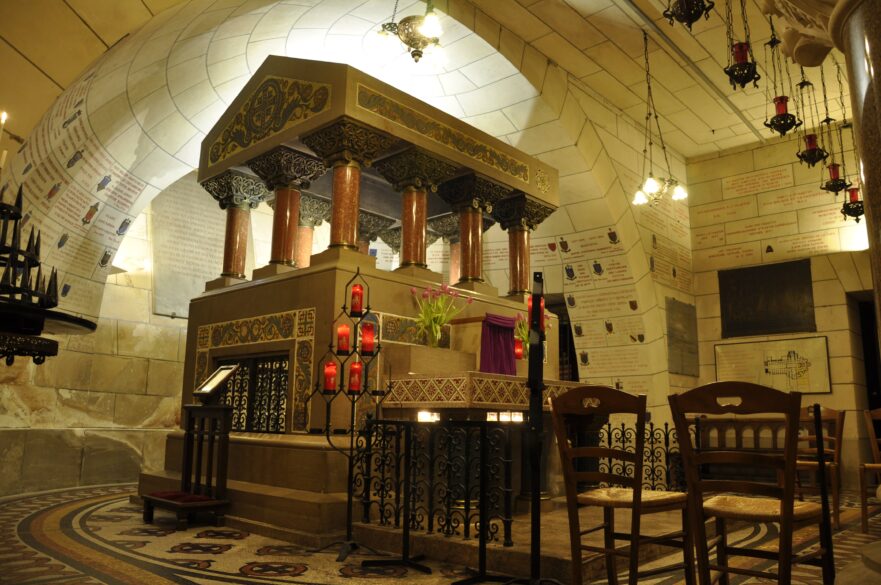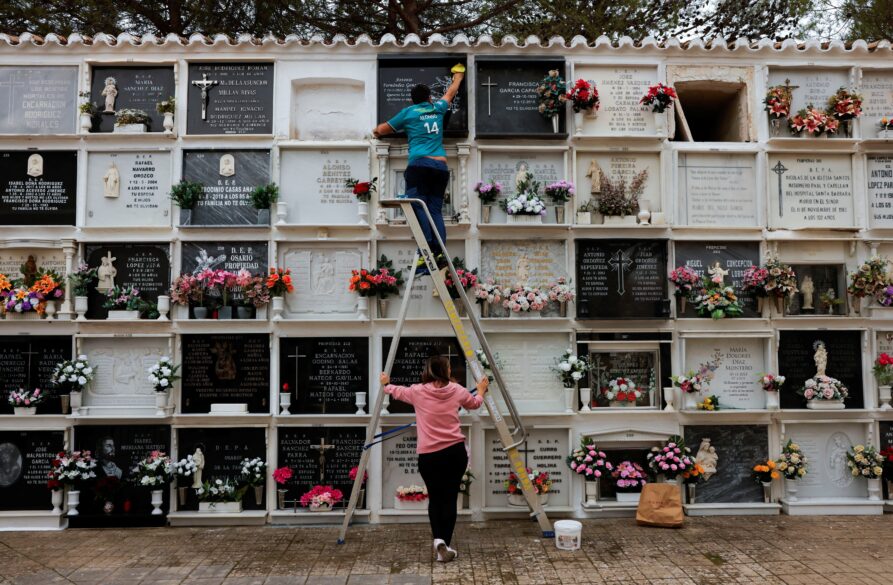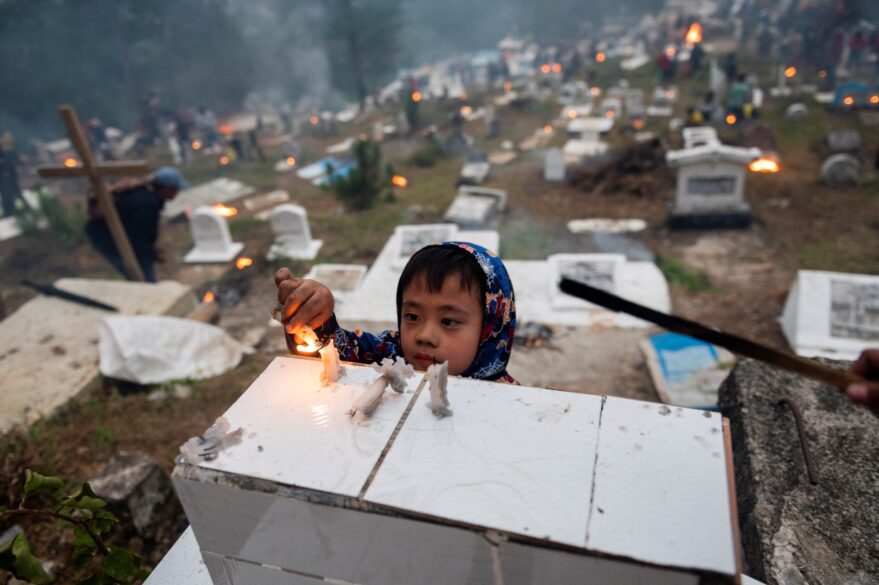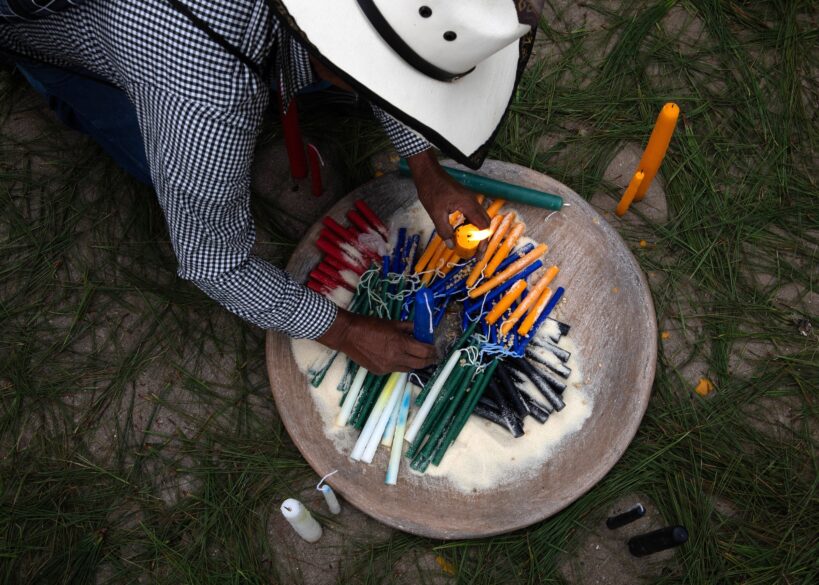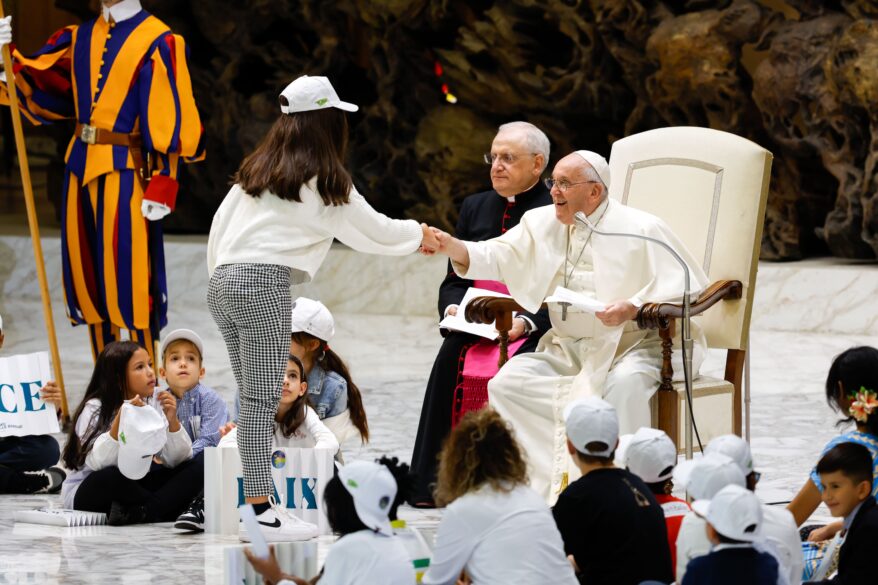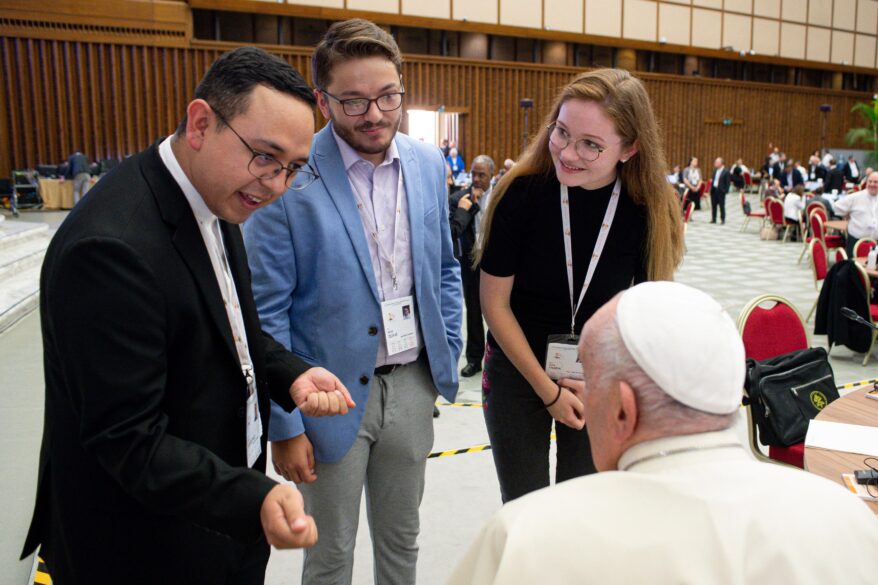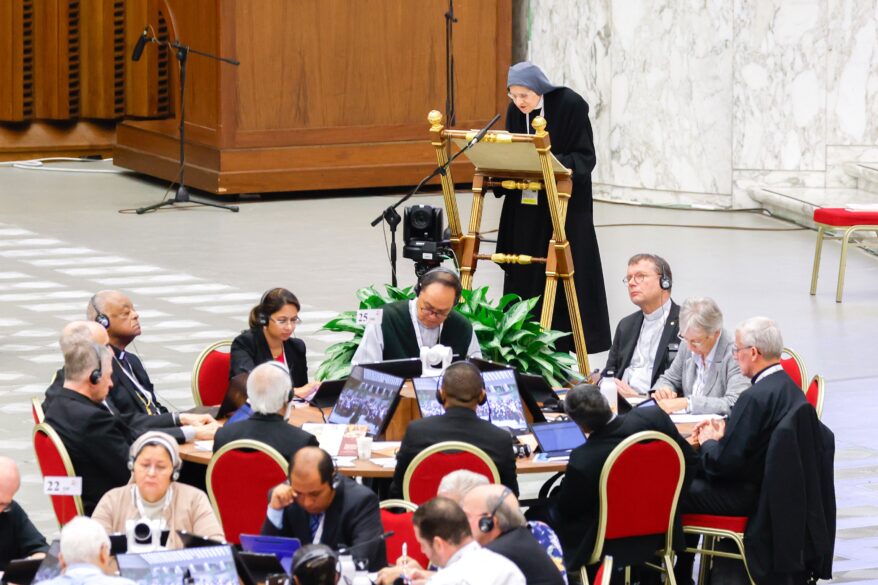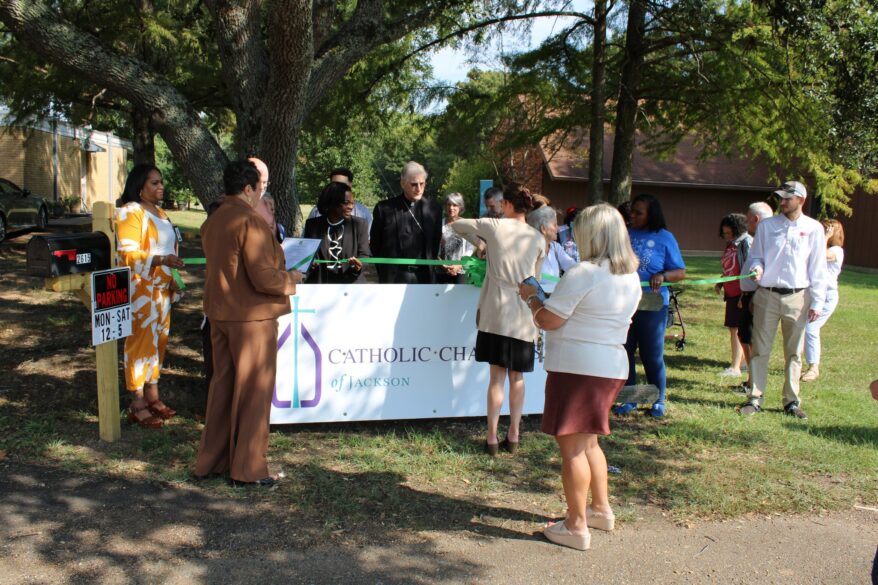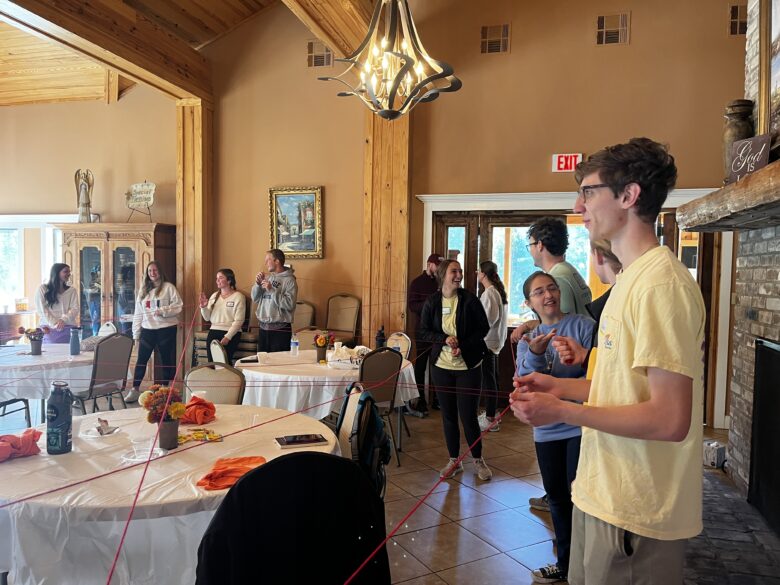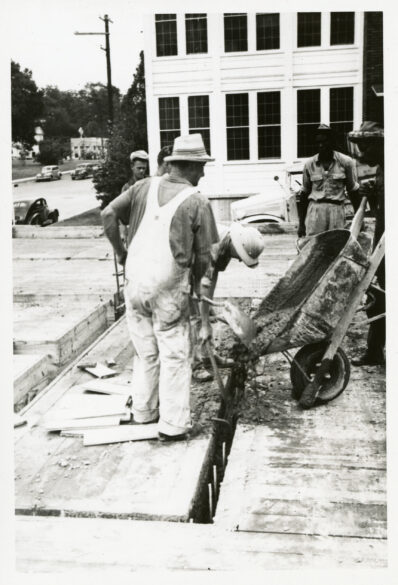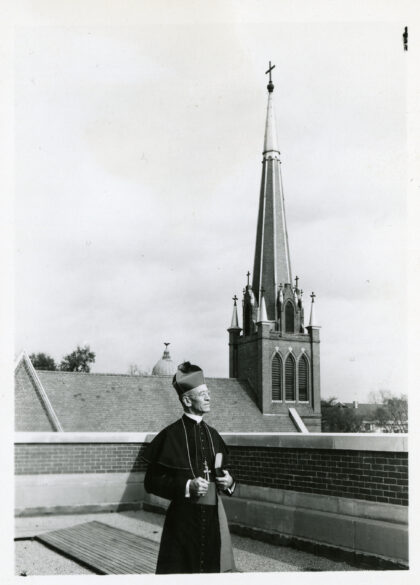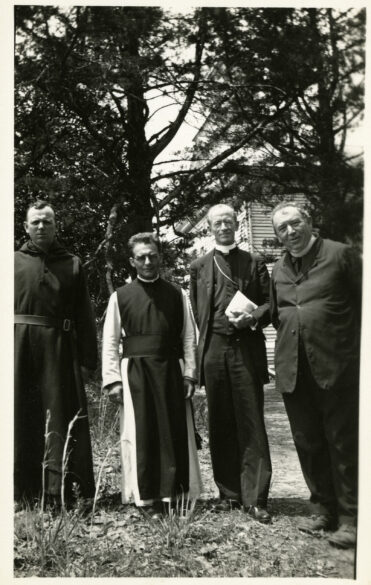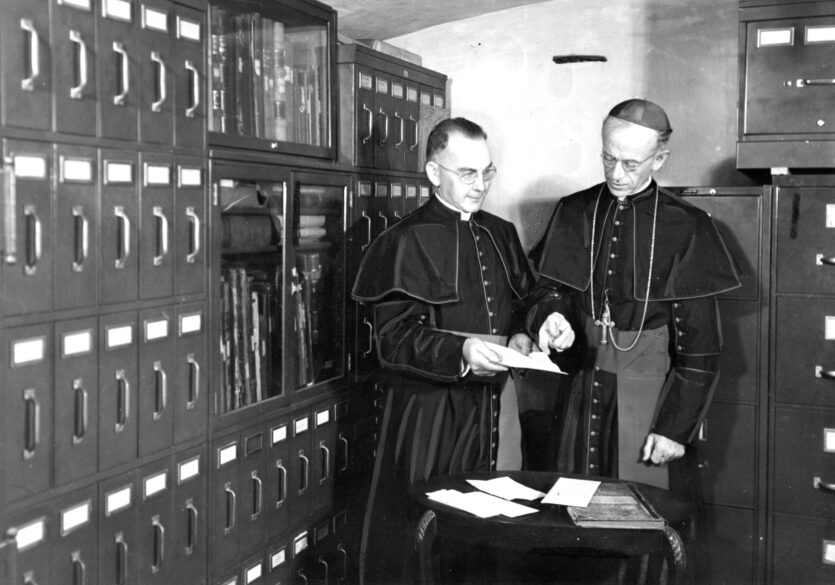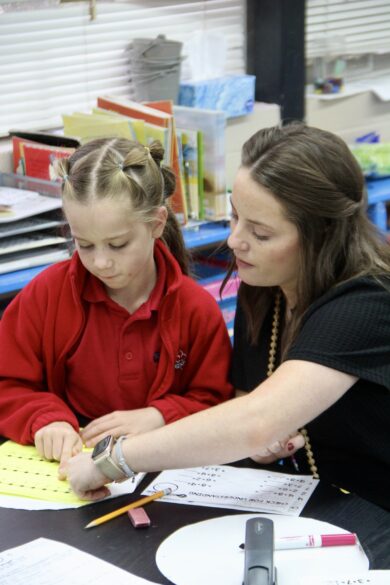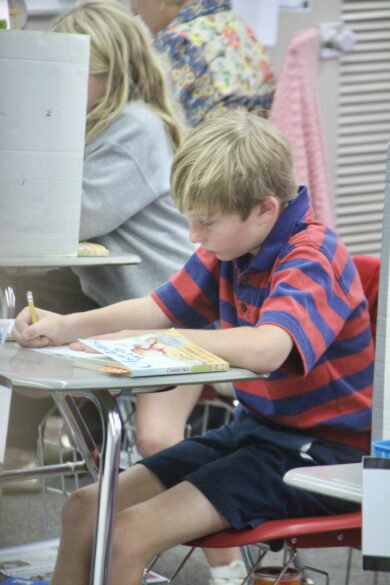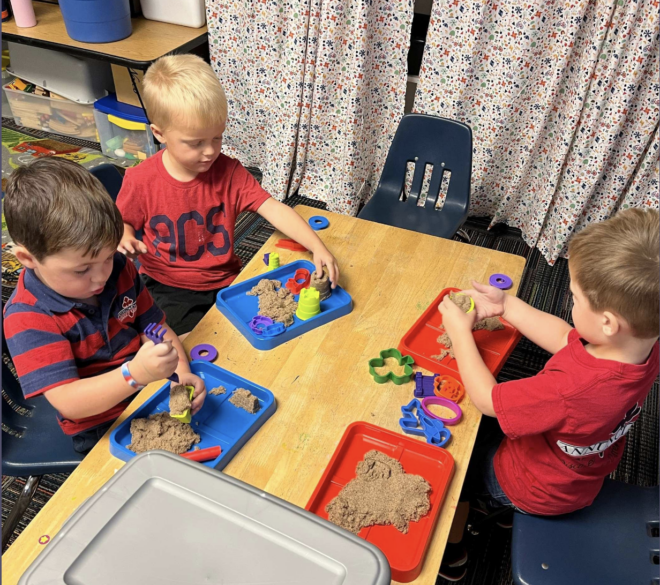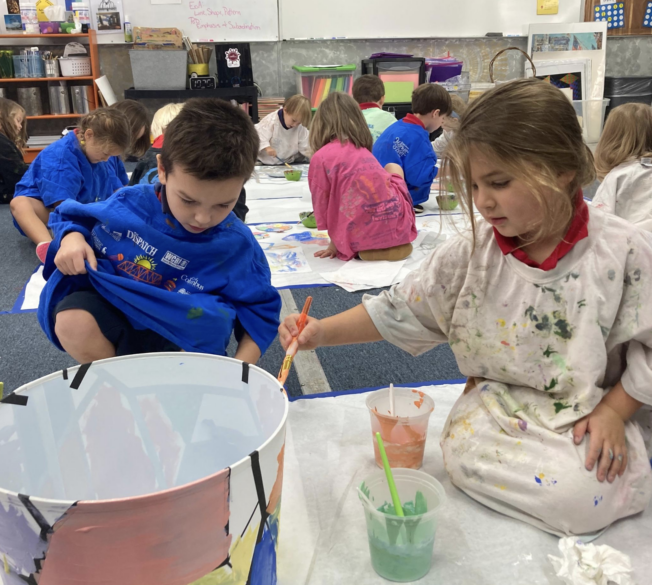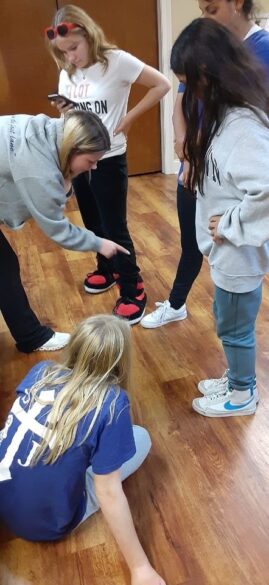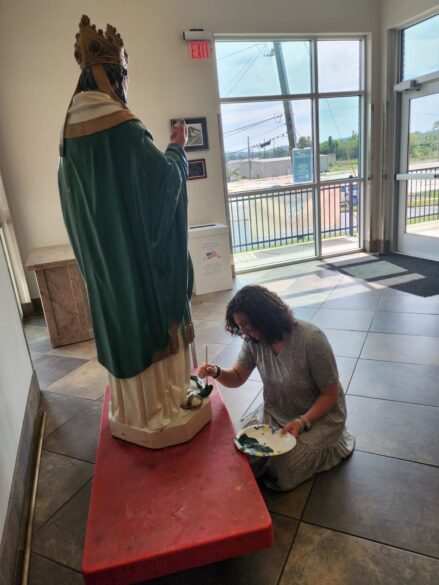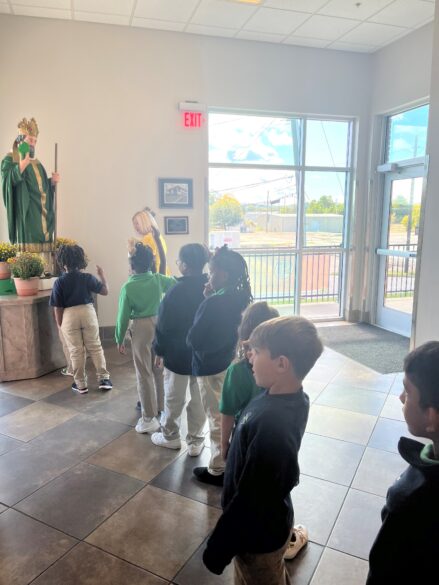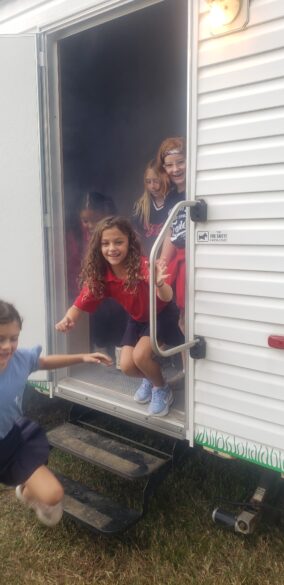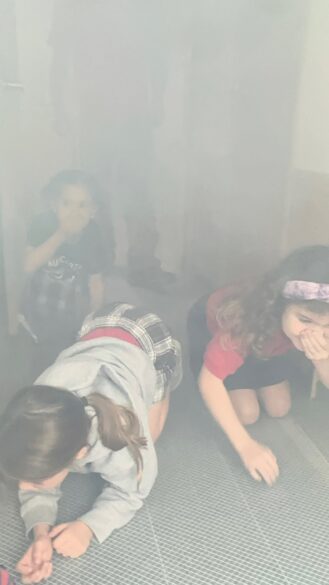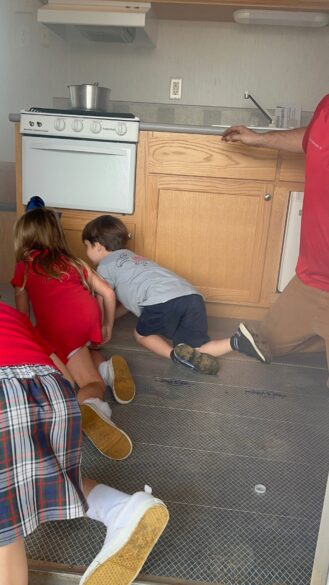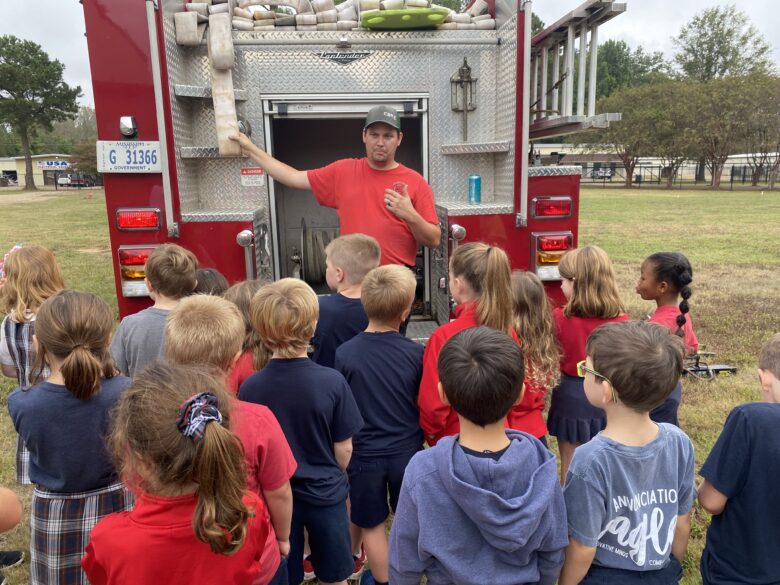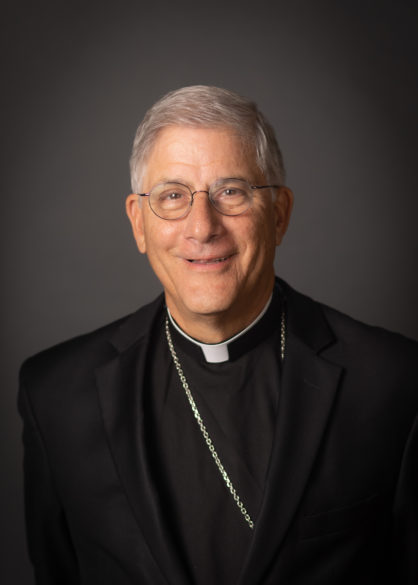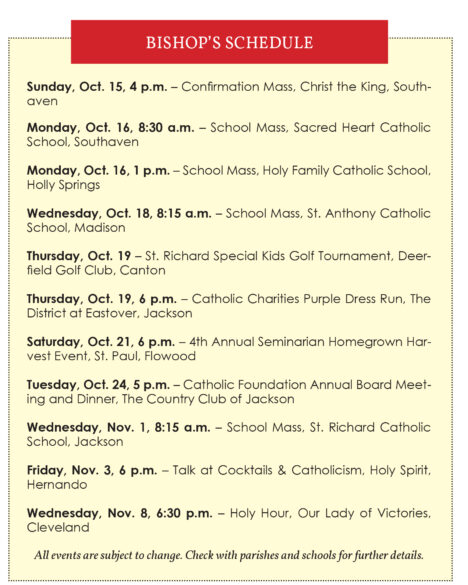By Marietha Góngora V.
(OSV News) – Ivonn Rivera, una esposa, madre y líder comunitaria de San José, California, es la ganadora del premio Cardenal Bernardin al Nuevo Liderazgo 2023, reconocimiento de la Campaña Católica para el Desarrollo Humano (CCHD) el programa de los obispos católicos de EE.UU. que lucha contra la pobreza en el país.
La Conferencia de Obispos Católicos de Estados Unidos anunció el premio el 6 de noviembre. Rivera recibirá este galardón el próximo 14 de noviembre durante la asamblea plenaria anual de otoño de los obispos estadounidenses en Baltimore, Maryland.
El premio destaca el liderazgo de quien “lucha contra la pobreza y la injusticia en los Estados Unidos a través de soluciones basadas en la comunidad”, se lee en el comunicado de prensa de la USCCB.
El trabajo de Rivera – mujer originaria de Oaxaca, México, que llegó hace 18 años a los Estados Unidos para reencontrarse con su padre — es ampliamente conocido su ciudad de Campbell.
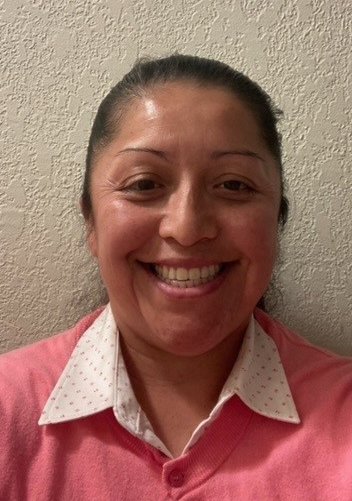
Las “Misas del Barrio” que Rivera ayuda a organizar han hecho eco entre esta comunidad. Esta iniciativa, organizada con su parroquia St. Lucy, lleva la Eucaristía a todos. Además, le recuerda a la comunidad que tienen una iglesia de lengua español-inglés que se preocupa por ellos – muchos de los cuales son familias trabajadoras que muchas veces son víctimas de actos criminales y violencia de pandillas o derivada de actividades de narcotráfico.
“Se llevaban (Misas) a las comunidades cerca de la iglesia y se hacen en los estacionamientos de los vecindarios y después de eso, se hace una reunión comunitaria y se convive”, aseguró Rivera, quien trabaja de la mano con Silicon Valley Sponsoring Committee (SVSC), una red de organizaciones civiles, de fe y sin fines de lucro que recibe financiación del CCHD.
Las Misas se acompañan de sesiones de escucha, en las que se descubren las preocupaciones de la comunidad.
“Escuchamos, más que nada, las necesidades de las comunidades”, afirmó Rivera, quien es madre de tres hijos y una hija. “Muchos quisieran que sus iglesias tuvieran ese tipo de Misas porque a veces la gente no tiene documentos y la gente tiene miedo de comentar sus necesidades, sus inquietudes”.
Ella y aquellas personas que se han sumado y apoyado las iniciativas de SVSC y la parroquia han trabajado intensamente, y a la luz de la fe, por una vida digna para aquellos que no cuentan con los recursos ni el acceso a la asistencia del gobierno estatal o federal.
Rivera — quien considera a activistas como César Chávez como una inspiración — entiende la importancia de organizarse en torno a un esfuerzo común para el beneficio de todos. Ella representa los intereses de toda una comunidad, en su mayoría hispana, y lleva sus inquietudes y preocupaciones a las autoridades locales para que éstas consideren ejecutar las obras. Como líder de su asociación de vecinos, ella también busca la seguridad en las calles. Su trabajo incansable se ha consolidado como una voz que los representa.
“Se ha hecho ruido para mejorar la seguridad, que no haya violencia y la concejal (del distrito 1 de la ciudad de San José que bordea la ciudad de Campbell) sabe de esta comunidad y lo que necesitamos”, dijo.
Una de las preocupaciones de sus vecinos es la seguridad vial, ya que el año pasado un niño de 8 años perdió la vida cuando se dirigía a su casa después de la escuela. Solo debía caminar una cuadra, pero al cruzar la calle un conductor que manejaba muy rápido, lo embistió a él y a una mujer y el niño perdió la vida al instante.
La parroquia St. Lucy, a la que la familia del niño pertenece, participó en la Misa en el vecindario, y marchó hasta la parroquia, donde hubo una asamblea. “Esa escuela siempre pedía una señal de tránsito de alto y de cruce de peatón, pero es donde se dividen los condados y entonces se echan la pelota uno al otro”, dijo Rivera.
Ella explicó que ver niños caminando solos desde la escuela hasta sus casas es una escena recurrente, ya que por lo general ambos padres trabajan. “Nos reunimos con la organización de Silicon Valley y dijimos que teníamos que tomar acción, así que platicamos con los del distrito y esto se logró”, añadió.
Varias de sus gestiones han emprendido esfuerzos para que el sistema de alumbrado público funcione correcta y permanentemente en horas de la noche, pues esto evita que criminales aprovechen la oscuridad para cometer delitos. Así mismo han abogado por aquellas familias que enfrentan desalojos y otras problemáticas en materia de vivienda buscando soluciones con el Departamento de Vivienda local.
“Los esfuerzos de liderazgo de Ivonn con su parroquia y en la comunidad son verdaderamente un reflejo del Evangelio en acción y de la misión del CCHD,” dijo el Obispo Timothy C. Senior de Harrisburg, Pensilvania, presidente del Subcomité de la Campaña Católica para el Desarrollo Humano de la USCCB. “Durante más de cincuenta años, la CCHD ha trabajado para capacitar a líderes como Ivonn — una madre, una inmigrante y una discípula de Cristo — para trabajar con otros para abordar las causas profundas de la pobreza.”
Rivera, quien agradece profundamente este reconocimiento, busca seguir trabajando con SVSC y su parroquia. “Soy una voz que representa a mucha gente aquí en mi comunidad,” dijo. Poco a poco están siendo escuchados.
Marietha Góngora escribe para OSV News desde Bogotá, Colombia.


